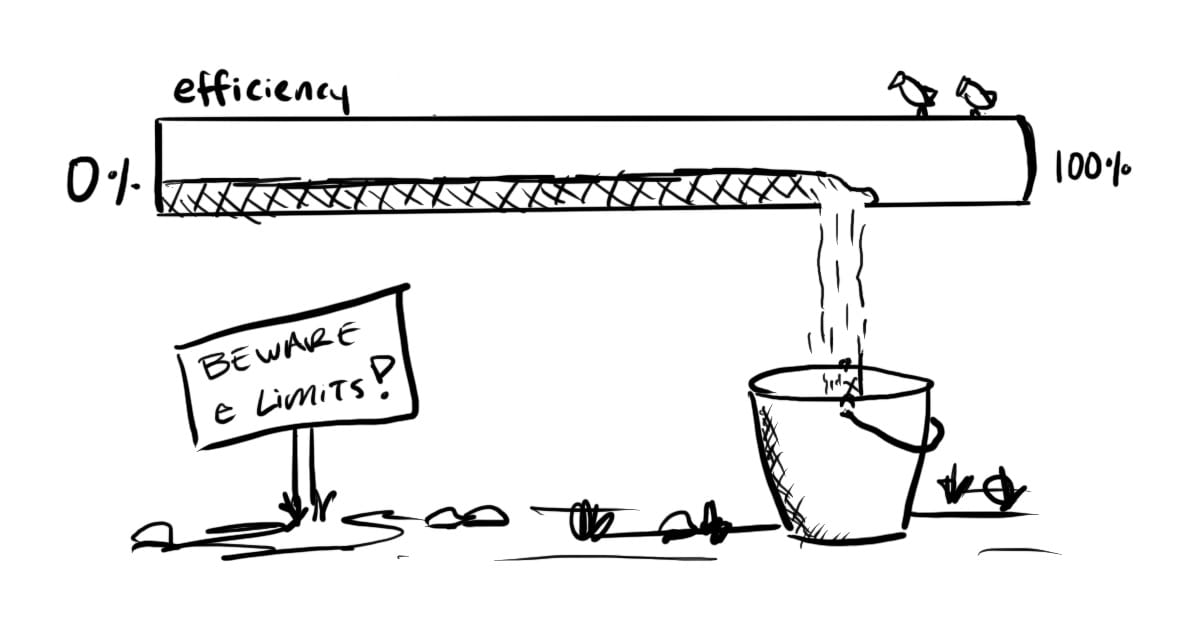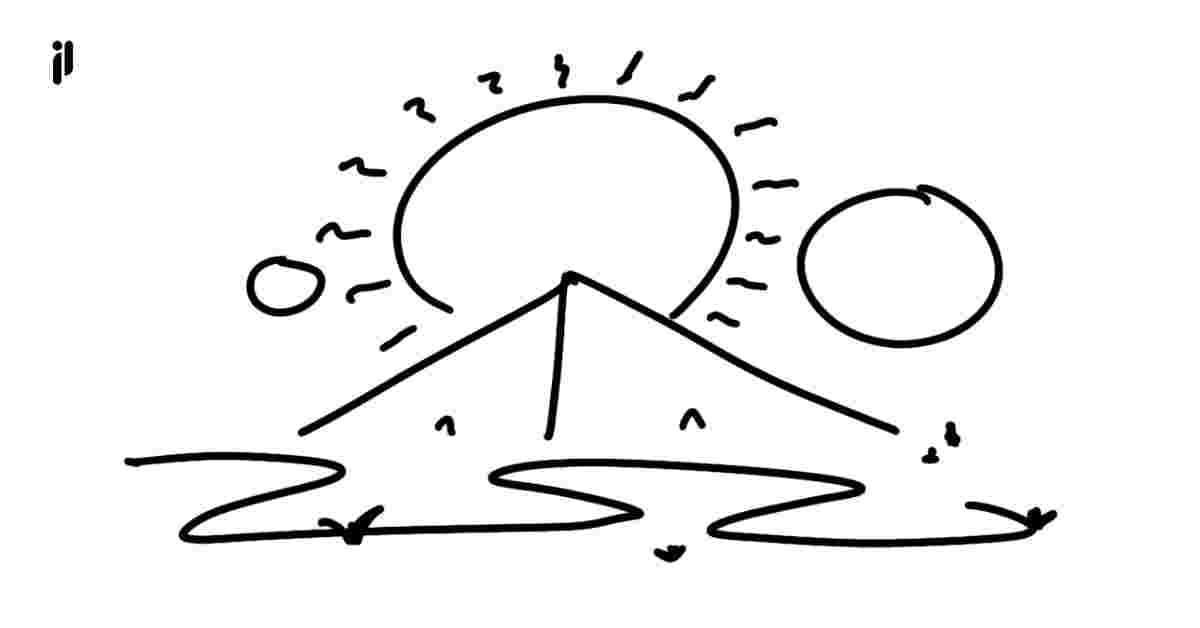Learn like the tree grows
For the past few days, I’ve been teaching myself a new language under the guise of a challenge.
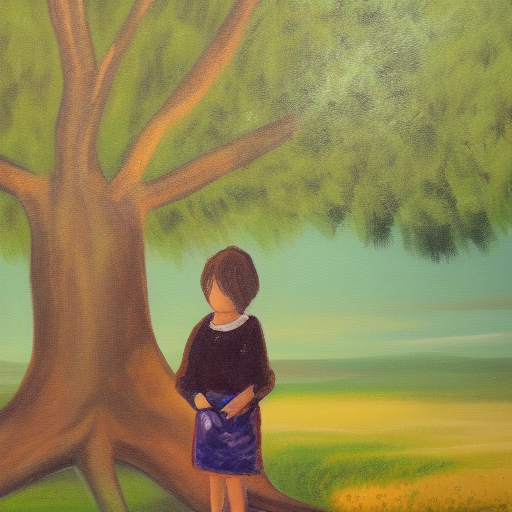
For the past few days, I’ve been teaching myself a new language under the guise of a challenge.
The challenge? Achieve A1 language proficiency in 10 days.
The source of this challenge? My hellacious mind.
A common measurement of language proficiency is the CEFR. Achieving the lowest level of proficiency, A1, means you can communicate at the level of a primary school child.
Basic words, basic understanding, foundations of structure.
After A1 comes A2. Then B1 and B2. Then C1 and finally C2, which is considered mastery.
Based on some cocktail napkin math, an A1 level speaker needs around 1000 oft-used words readily accessible in their vocabulary… along with a rudimentary sense of how to coherently put them together.
And so the goal becomes clear: Learn the basic rules of the language and memorize 1000 common words in 10 days.
My deck of flash cards is trembling. I’m ready to achieve the vocabulary of a 5th grader.
A tree devoid of leaves
As I’ve been plodding away at my goal, I’ve found myself staring out the window more than usual. Learning a new language is a great way to be reminded of the limits of one’s own mind. At least for me.
When reminded of those limits, a void stare out the window soothes the afflicted lobe nicely.
And as my brain calms, I see a tree devoid of leaves.
It’s a tall tree. It has a few large portions of trunk. Its arms thin as my eyes trace away from its core. I can vaguely see the fractal pattern in its shape.
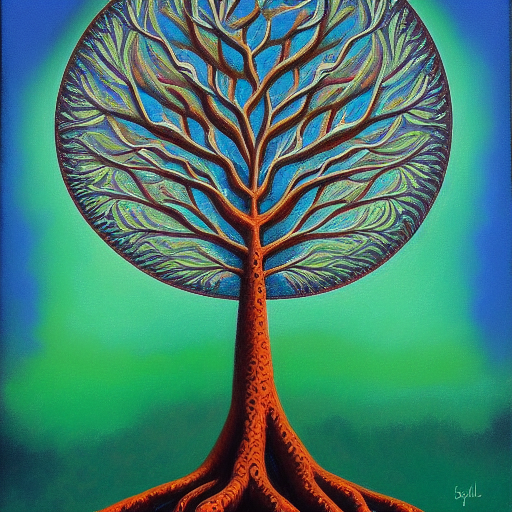
In the space between elemental chaos and disciplined growth, life has shaped this tree beautifully.
With dramatic irony, my mind compares the shape of the tree to that of a neuron. Its branches as dendrites, its trunk the axon, its bark the sheath.
Lost in thought, I glance at my screen. Duo’s knowing eyes tell me to snap back to reality. Gravity glues me to my seat… streaks and Lingots are on the line. I can ponder the universe some other time.
But as I go back to my skill trees, a heavy hypothesis sits with me.
Learn like the tree grows
Maybe learning a new skill — como un idioma o habilidad — is a bit like growing a tree.
Let’s say you set out to learn something.
You start with an entry point, a seed. Maybe this is a challenge, a goal… something.
For many, getting started is the hardest part. You need a welcoming — or at least, not unwelcoming — environment for that initial burst of growth.
Then you start to grow and stretch towards your goal, your source of motivation. The sun. Until you break the surface, you rely on a mixture of luck and faith that you’re growing in the right direction.
This is when you’re at your most vulnerable.
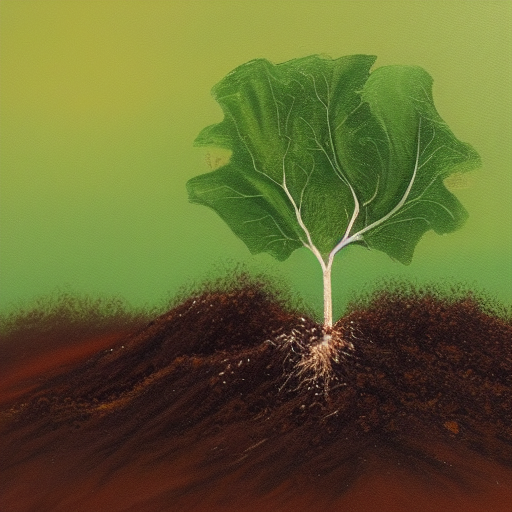
Then you burst into the light. You can see what you’re reaching for. Naturally, you reach as high as you can for it, building a base (of knowledge) in the process.
This will eventually be your foundation, your trunk. The decisions you make now will compound over time. Make them well.
Then, once you have a sufficient base, you start to explore different paths — different branches — to pursue your goal further. And these branches play a delicate game.
Branches that stretch far could get you further, but are also more easily broken.
Branches that hug close to your trunk are harder to break, but don’t reach as far.
And every time you grow a branch, you reinforce the entire pathway that leads to it.
In doing so, the trunk of your knowledge grows, as do all the branches that lead to the current branch’s tip.
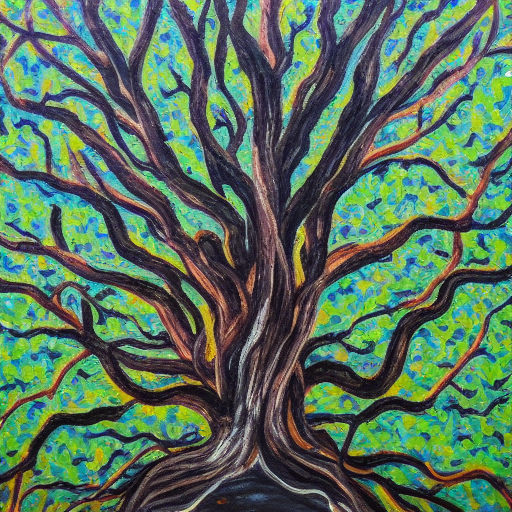
Each new path you explore takes roughly the same shape as its parent path. In this way, your knowledge — like the tree — is fractal.
If you want your tree to be tall, make sure the trunk is strong, thick, and focused in one direction.
If you want your tree to be vast, make sure the trunk is strong, thick, and has many branches early on.
If you want your tree to grow in a certain direction, you might have to prune some healthy branches. This means you’ll need to trim off some work you’ve done to build that branch. But if the branch is healthy, it can fall and decay back into the soil — recycling itself in some other way.
If a branch becomes unhealthy, trim it off. It benefits the entire tree, not just that branch.
And If you want your tree to grow at all, give it sufficient motivation (sun) and energy (water) while making sure its environment has enough resources (nutrients) in its environment.
Learn like the tree grows.


